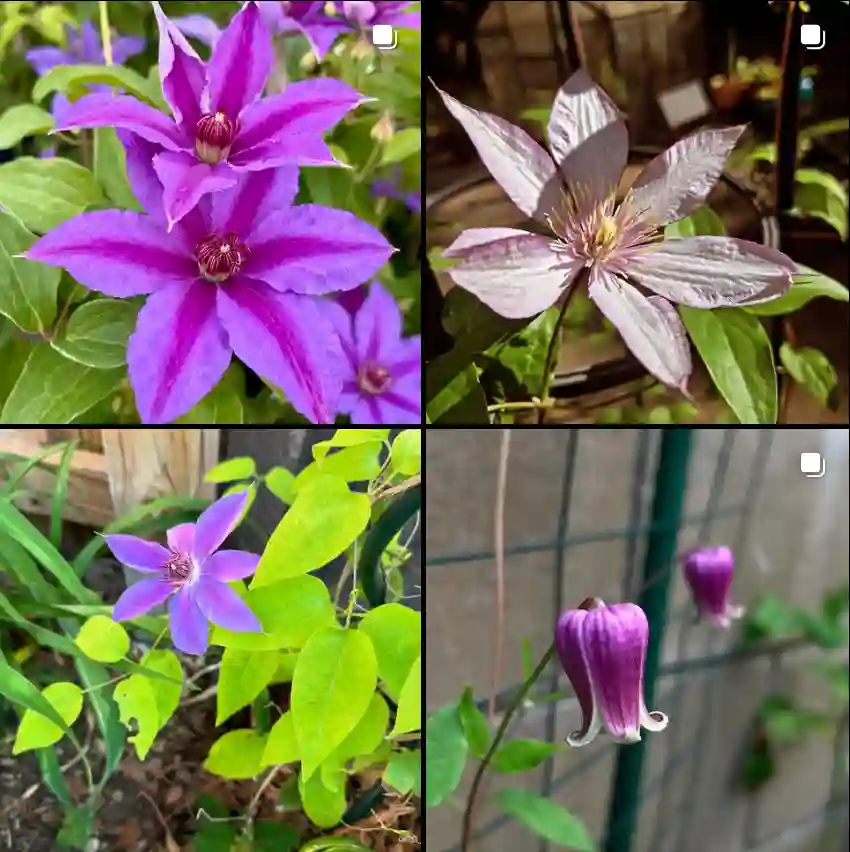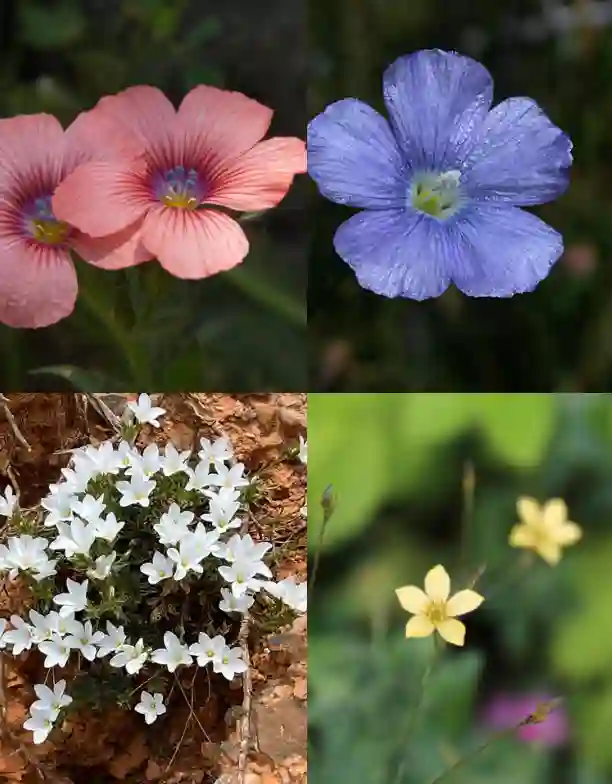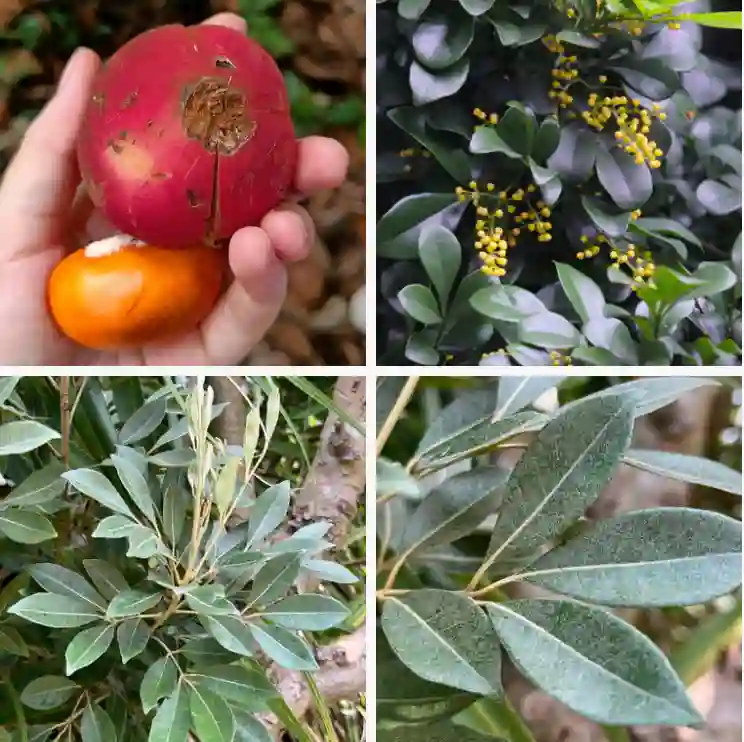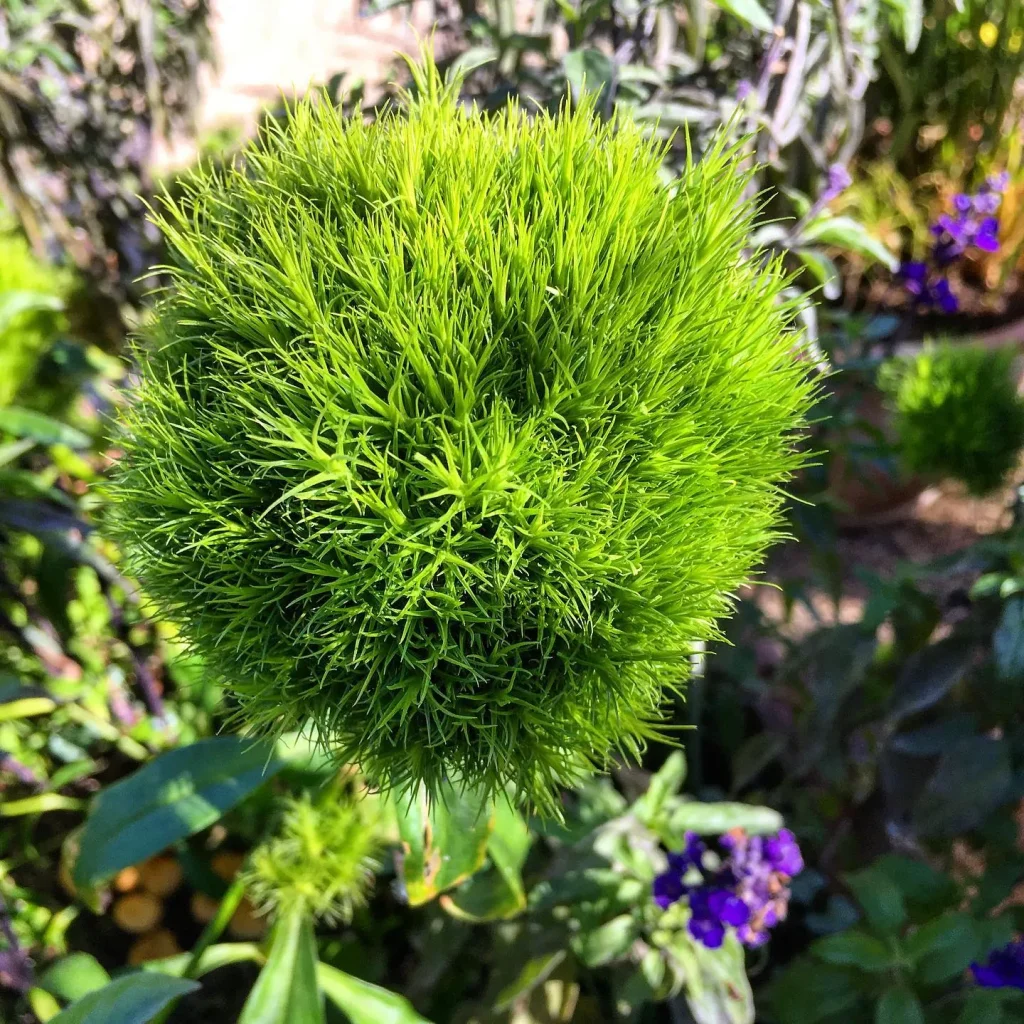Balsamorhiza: A Sunflower’s Western Cousin
My name is Ferb Vu, and I’ve always been drawn to the vibrant colors and diverse forms of wildflowers. Growing up in the American West, I was particularly fascinated by a genus of plants known as Balsamorhiza, commonly called balsamroots. These cheerful, sunflower-like blooms blanket hillsides and meadows in a sea of gold each spring, creating a spectacle that never fails to inspire awe.
Balsamorhiza belongs to the Asteraceae family, the same family as sunflowers, daisies, and asters. What sets them apart, however, is their unique adaptation to the arid and semi-arid environments of western North America. Their large, fleshy taproots allow them to access deep water sources, while their silvery-green leaves help reflect sunlight and conserve moisture.
A Tapestry of Species
The genus Balsamorhiza boasts a remarkable diversity, with over a dozen recognized species. Each species has its own distinct characteristics, adding to the rich tapestry of the western landscape:
- Balsamorhiza sagittata (Arrowleaf balsamroot): This is perhaps the most iconic and widespread species, known for its large, arrowhead-shaped leaves and tall stems topped with bright yellow flowers.
- Balsamorhiza deltoidea (Deltoid balsamroot): Similar in appearance to arrowleaf balsamroot, this species is distinguished by its deltoid-shaped leaves and slightly shorter stature.
- Balsamorhiza hookeri (Hooker’s balsamroot): This species features deeply lobed leaves and a more compact growth habit.
- Balsamorhiza macrophylla (Large-leaf balsamroot): True to its name, this species has exceptionally large leaves, often exceeding a foot in length.
- Balsamorhiza careyana (Carey’s balsamroot): This species is notable for its finely divided leaves and smaller flower heads.
- Balsamorhiza × bonseri H.St.John
- Balsamorhiza hispidula W.M.Sharp
- Balsamorhiza incana Nutt.
- Balsamorhiza lanata (W.M.Sharp) W.A.Weber
- Balsamorhiza macrolepis W.M.Sharp
- Balsamorhiza rosea A.Nelson & J.F.Macbr.
- Balsamorhiza sericea W.A.Weber
- Balsamorhiza serrata A.Nelson & J.F.Macbr.
- Balsamorhiza × terebinthacea (Hook.) Nutt.
- Balsamorhiza × tomentosa Rydb.
A Symbol of Resilience
For me, Balsamorhiza represents more than just a beautiful wildflower. It symbolizes the resilience and adaptability of life in the face of challenging conditions. These plants thrive in environments that many others find inhospitable, reminding us that beauty can be found even in the harshest of landscapes.
The vibrant blooms of Balsamorhiza also serve as a reminder of the importance of preserving our natural heritage. As urbanization and climate change continue to threaten wildflower habitats, it is crucial that we take steps to protect these valuable resources for future generations.
Exploring the Balsamorhiza Landscape
One of my favorite things to do is to hike through meadows and hillsides carpeted with Balsamorhiza in full bloom. The sight of these cheerful flowers swaying in the breeze is truly breathtaking. I often take the time to observe the intricate details of the flowers, from the delicate ray florets to the fuzzy center disk.
I also enjoy learning about the traditional uses of Balsamorhiza by Native American tribes. Many tribes used the roots of these plants for medicinal purposes, treating a variety of ailments from coughs and colds to wounds and burns. The seeds were also used as a food source, either roasted or ground into flour.
A Call to Conservation
As I continue to explore the world of Balsamorhiza, I am increasingly aware of the need to protect these remarkable plants. Habitat loss, overgrazing, and climate change all pose significant threats to their survival. By raising awareness about the importance of Balsamorhiza and other wildflowers, we can help ensure that these botanical treasures continue to grace our landscapes for generations to come.
I encourage everyone to take the time to appreciate the beauty and resilience of Balsamorhiza. Whether you’re hiking through a wildflower meadow or simply admiring a single bloom, take a moment to connect with the natural world and appreciate the wonders it holds.
If i die, water my plants!



